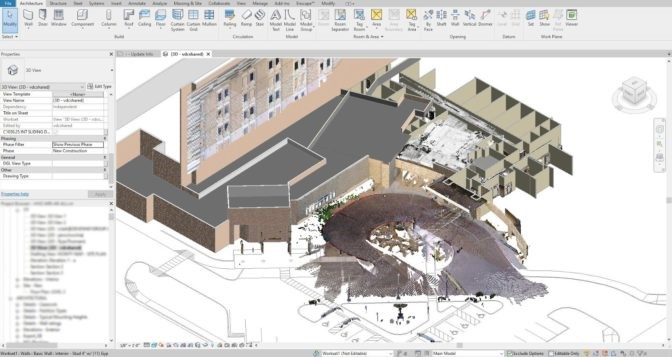Next-Generation RTX Technology
The graphics card, functioning as an expansion card for PCs to display images on screen, transforms design and visualization workflows for the most complex tasks in large-scale architectural design. It greatly reduces rendering times, making building modeling flow more quickly and efficiently. Gilbane’s VDC team makes use of the cards that allows for development of photorealistic renderings and the building of physically accurate simulations. It also allows for the use of artificial intelligence( AI)-accelerated tools. Users can create beautiful 3D worlds while allowing architects to design and virtually explore the next generation of smart buildings.
With remote and hybrid work part of the new normal, simultaneous collaboration with project teams across the country is essential. The new GPU from NVIDIA provides uncompromised accuracy and reliability, enhancing our team’s everyday workflows. The combined technologies of the graphics card and new GPU power a collaboration and simulation platform that enables remote teams to iterate together on a single 3D design in real-time, while working across different software applications. The platform will serve as a portal into this world for Gilbane’s VDC designers.
Technology Innovation to Drive us into the Future
With its compact, power-efficient design, GPUs fit more desktops while accelerating AI and ray tracing for design workflows. The small form factor and low power usage of the NVIDIA RTX A2000 ensures fitment in just about any existing workstation chassis. Now, architects can design and virtually explore the next generation of smart buildings and homes, and engineers can create energy-efficient and autonomous vehicles that will drive us into the future. Read more here.


